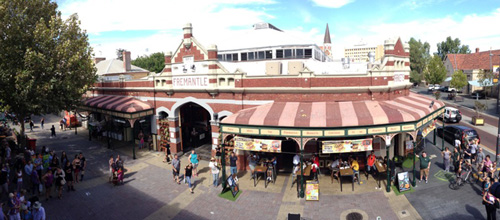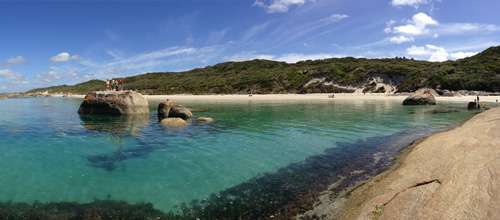
Albany Western Australia
Discover why Albany is the South Coast’s hidden gem — your next unforgettable family holiday starts here.
Welcome to Albany – a breathtaking holiday destination where stunning natural beauty meets rich history on Western Australia’s South Coast.
This enchanting destination offers rugged coastlines, pristine beaches, and a rich colonial past that invites you to step back in time.
Beyond its natural wonders, Albany is a vibrant town full of charming shops, delicious local food, and fascinating stories from its rich colonial past. Whether you’re after exciting adventures, peaceful moments, or fun family activities, Albany has something special waiting for you.
We respectfully acknowledge the Menang Noongar people as the traditional custodians of the land and pay respect to Elders past and present.
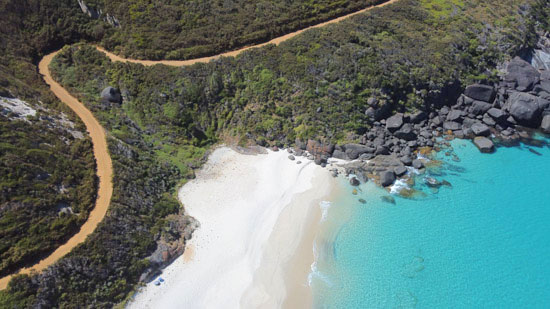
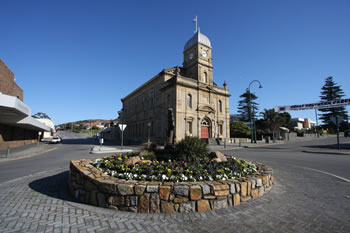
Albany WA is a perfect holiday destination
The Albany Region is more than its history—it’s a thriving seaside haven perfect for relaxation and adventure. From the breathtaking West Cape Howe National Park to the serene Two Peoples Bay Nature Reserve, the area is filled with opportunities to explore and reconnect with nature.
Whether you're seeking entertainment, shopping, delicious cuisine, history or a peaceful escape, Albany has it all. With diverse accommodation options and activities for all ages, it’s an ideal family-friendly destination to unwind and recharge amidst spectacular surroundings.
The Heart of Albany
Albany City is beautifully nestled among the peaks of Mount Melville, Mount Clarence, and Mount Adelaide, surrounded by waterways including Princess Royal Harbour, King George Sound, the Kalgan River, and Oyster Harbour. This picturesque setting blends stunning natural beauty with a vibrant city atmosphere, making Albany a unique and inviting destination.
The dynamic city centre, with York Street at its heart, captures the region’s charm by blending its historic character with a modern flair. Visitors can explore boutique shops, galleries, and local stores offering everything from handcrafted goods to stylish fashion and souvenirs. Albany’s culinary scene is equally diverse, featuring restaurants, cafés, pubs, and eateries serving flavours from around the world.
Adding to the city’s appeal, the Albany Entertainment Centre serves as a cultural hub, hosting performances and events that enrich the local arts scene. With its stunning natural backdrop and thriving city centre, Albany offers a perfect mix of history, culture, and contemporary living.
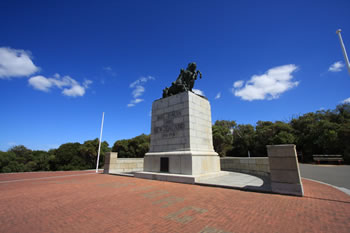
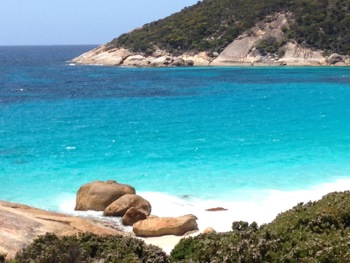
Journey into the Past
Albany’s rich history weaves together ancient traditions and pivotal moments in global events. For tens of thousands of years, the Menang Noongar people have cared for these lands, nurturing a deep connection to Country and leaving a profound cultural legacy that endures today.
The arrival of European settlers marked a new chapter, transforming Albany into a vital port tied to maritime trade routes. By the late 19th century, Albany had become a key port for ships travelling from Europe to Australia’s eastern states and for those journeying to the Western Australian goldfields. This era of prosperity brought vibrancy and growth to the region.
During the World Wars, Albany gained historical significance as a key departure point for troops, cementing its place in global history. Today, this coastal treasure is a seamless blend of heritage and modernity, honouring its past while embracing a dynamic present.
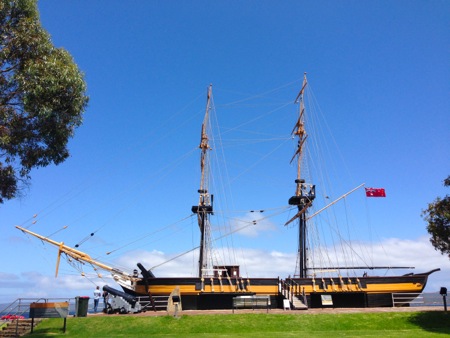
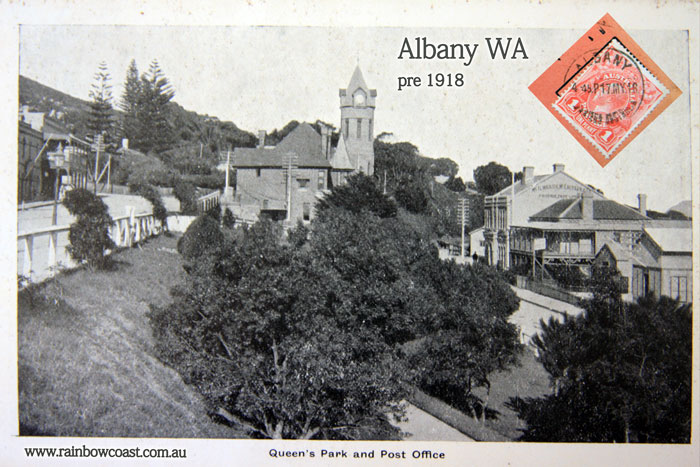
Museums and Monuments in Albany Australia
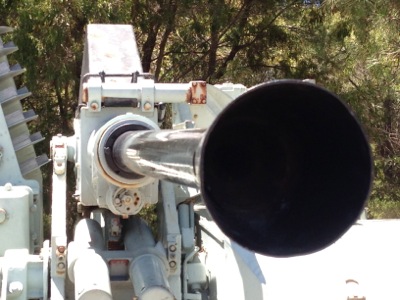 Princess Royal Fortress
Princess Royal Fortress One of the best outdoor military museums in Australia. The Fortress is within the Albany Heritage Park, atop Mount Adelaide. Visit Princess Royal Fortress
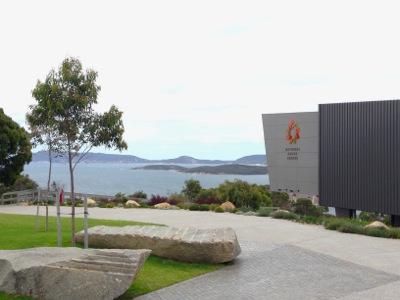 Albany Heritage Park
Albany Heritage Park The heritage park consists of the parklands and monuments of Mount Clarence and Mount Adelaide including the National ANZAC Centre. Visit Albany Heritage Park
 Ataturk Channel
Ataturk Channel Ataturk Channel connects King George Sound and Princess Royal Harbour allowing safe access to the Port of Albany. Visit Ataturk Channel
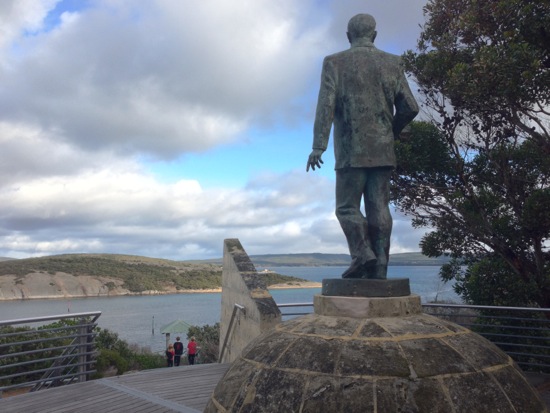 Ataturk Memorial
Ataturk Memorial Ataturk Memorial stands prominently above Point King overlooking Ataturk Channel. The memorial offers amazing views of the channel. Visit Ataturk Memorial
 WA Museum Albany
WA Museum Albany The Western Australian Museum Albany has exhibitions and information on the natural and social history of the region. Visit WA Museum Albany
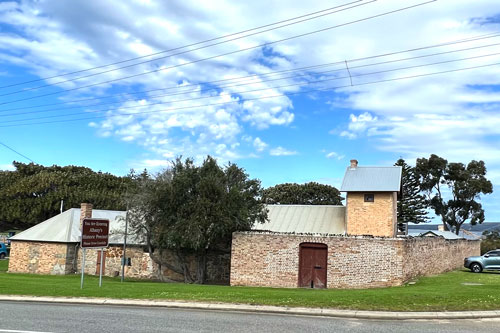 Albany Convict Gaol Museum
Albany Convict Gaol Museum Whether you’re a local, a visitor, or a curious historian, the Albany Convict Gaol Museum, built in 1852, is a memorable way to spend a day. Visit Albany Convict Gaol Museum
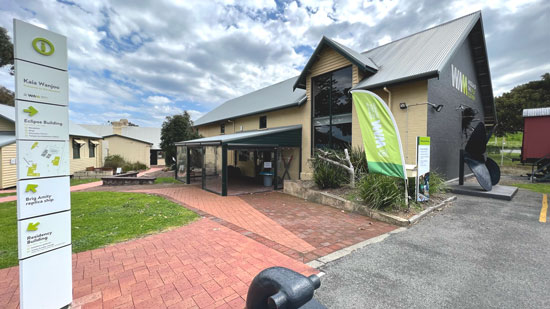 Albany Museums
Albany Museums Albany's Museums offer an immersive journey through the region’s rich history. Visit Albany Museums
 ANZAC Desert Mounted Corps Memorial
ANZAC Desert Mounted Corps Memorial ANZAC Desert Mounted Corps Memorial sits atop Mount Clarence. Visit ANZAC Desert Mounted Corps Memorial
Albany's Historic District
Albany is the Oldest Colonial Settlement in Western Australia, and visitors can explore WA's oldest dwelling along with numerous other historic buildings that offer a glimpse into the past. Albany's historic district is a showcase of the city's colonial heritage. The buildings and structures here provide a visual journey back to the early days of European settlement. Stirling Terrace serves as the main thoroughfare of the historic district. It is lined with well-preserved 19th-century buildings that have been adapted for modern use while retaining their historical charm. The architecture spans various styles, including Georgian, Victorian, and Edwardian. Many of the buildings have stories to tell, they were witness to the development of Albany as a port town and played roles in various aspects of community life! Beyond its architectural beauty, Stirling Terrace is also home to various businesses, markets, cafes, and shops, making it a vibrant hub that remains integral to Albany's present-day life.
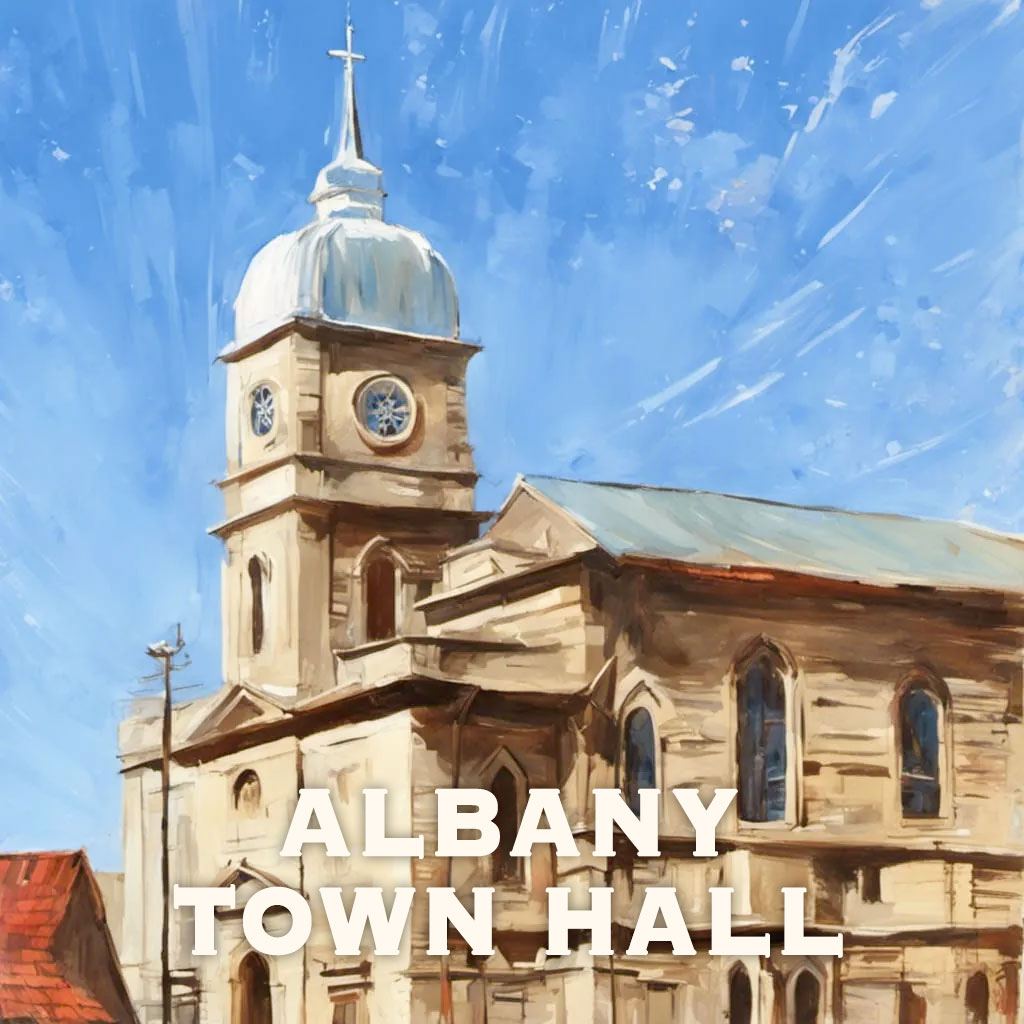
Albany's Beaches
Albany's rugged coastline, adorned with unique geological formations, adds an additional element of wonder to your beach adventures. From the tranquil coves that provide a secluded escape to the vast stretches of white sands perfect for picnicking and basking in the sun, Albany's beaches hold a unique charm. From family-friendly havens like Middleton Beach (Binalup), with its amenities, playground, restaurant and relaxed vibes to hidden gems such as Little Beach (Waljeran), and the secluded charms of Whalers Beach and Misery Beach, the options are as varied as they are captivating.

 Shelley Beach
Shelley Beach Turquoise waters, verdant surrounds and ocean breeze make this beach a popular yet remote destination. Visit Shelley Beach
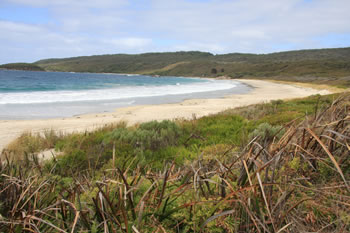 Cosy Corner
Cosy Corner White beaches plus camping facilities and lots of picnic benches. Cosy Corner is cosy indeed. Located just east of West Cape National Park between Albany and Denmark. Visit Cosy Corner
 Middleton Beach
Middleton Beach The most popular beach in Albany. Swim or relax under the trees. Cafes and amenities. Visit Middleton Beach
 Little Beach
Little Beach This gorgeous beach is approximately 25 kilometres north east of Albany in Two Peoples Bay National Park. Visit Little Beach
Albany's Outdoor Adventures
Immerse yourself in the region's natural beauty through hiking and bushwalking trails that traverse lush forests, coastal cliffs, and scenic viewpoints. Wildlife enthusiasts will delight in encounters with native animals like kangaroos and emus, while history buffs can delve into our rich past through heritage sites and museums. Explore Albany's vibrant outdoors with a range of activities including hiking, golf, cycling, rock climbing, and four-wheel driving. Alternatively, find serenity through stargazing, kayaking, fishing, wildlife watching, outdoor yoga, picnicking or on a scenic drive. Beach goers can enjoy snorkelling, scuba diving, swimming, surfing, paddle-boarding, kite surfing, sailing, and even whale watching between June and October. Capture the magic through photography.
Albany's National Parks
Beyond the coastline, Albany's geography extends into national parks and nature reserves, showcasing a wide range of flora and fauna unique to the region. The National Parks offer diverse landscapes, from water-carved rock formations and cliffs to pristine sandy beaches. Torndirrup National Park is home to attractions like the Gap and Natural Bridge, with lookouts offering outstanding Southern Ocean views. West Cape Howe National Park marks the southernmost point of Western Australia and features rugged terrain, secluded sandy beaches, and the famous Shelley Beach Lookout. Gull Rock National Park offers excellent views of King George Sound, shipping lanes, and Michaelmas Island. Two People's Bay National Park features attractions like Little Beach, Waterfall Beach, Sinker Reef, and the Two People's Bay Heritage Walking Trail. The Annual All Parks Pass provides excellent value, ideal for year-round park exploration.
Albany WA National Parks
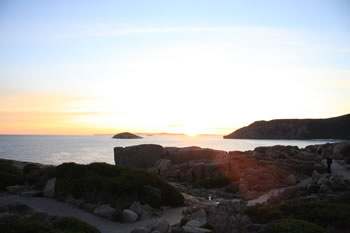 Torndirrup National Park
Torndirrup National Park Including The Gap, Natural Bridge, The Blowholes, Jimmy Newells Harbour, Stony Hill, Cable Beach & Stony Hill. Visit Torndirrup National Park
 West Cape Howe National Park
West Cape Howe National Park Containing the southernmost point of Western Australia this national park is astounding. Visit West Cape Howe National Park
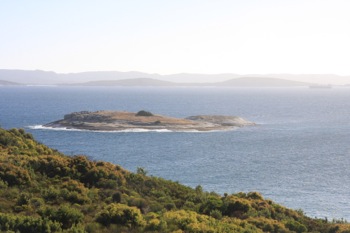 Gull Rock National Park
Gull Rock National Park 25k east of Albany, Gull Rock National Park is a reserve for many endangered animals, trees and birds. Visit Gull Rock National Park
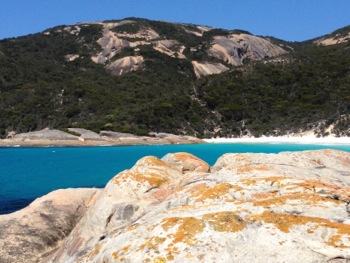 Two Peoples Bay NP
Two Peoples Bay NP Located approximately 25 kilometres north-east of Albany. Rediscovery of the presumed extinct noisy scrub-bird. Visit Two Peoples Bay NP
Albany's Geological Marvels
Albany's geography includes a diverse range of landscapes such as ancient granite formations, pristine beaches, lush forests, and expansive ocean views. Albany's landscape serves as a testament to the incredible forces that have shaped our planet. The region's diverse geology tells a tale of colliding continents, shifting tectonic plates, and the ceaseless work of wind, water, and time. Every rock and ridge whispers tales spanning billions of years, offering not just views, but a journey through deep time. These geological wonders, sculpted over countless millennia, stand as a living connection to ancient lands once joined with distant continents. As you explore Albany's unique terrain, you're not just experiencing its beauty; you're stepping into a story that spans eons, a tale of Earth's transformation that continues to unfold with every step you take.
Albany's Marine Environment
Albany's marine life thrives in the rich waters of its coastal region, offering a diverse and vibrant ecosystem. The Southern Ocean's currents support a wide range of aquatic species, from colorful fish to majestic marine mammals. Along the coastal waters, playful dolphins and basking seals add to the enchantment, while between May and October, the spectacle of migrating Humpback and Southern Right Whales whales can be witnessed offshore. The marine environment also hides tales of history beneath the waves, as remnants of centuries-old shipwrecks provide a fascinating glimpse into Albany's maritime past. This marine biodiversity and the hidden stories beneath the waves underscore Albany's status as a haven for nature enthusiasts, history buffs, and those intrigued by the wonders of the deep blue.
Albany's Flowers
The Albany region is a haven for diverse flora. It is estimated that the region boasts well over 2,000 species, showcasing the incredible richness of its flora. This makes Albany a paradise for botany enthusiasts and nature lovers, providing a unique opportunity to witness the remarkable variety of plant life that thrives in this corner of Western Australia. During spring, alongside the enchanting orchids, Albany's landscape is adorned with a diverse array of wildflower species. You can expect to witness a breathtaking bloom of Banksias, Kangaroo Paws, Hakeas, and Everlastings, creating a vibrant tapestry of colors and textures across the region. The area boasts a rich botanical diversity with over 1,500 orchid species alone and the towering Karri and Tingle trees that dominate the forests.
Albany's Fauna
The region's unique ecosystems support various species, making it a fascinating destination for wildlife enthusiasts. In Albany's diverse natural landscape, you'll encounter a variety of wildlife. Western Grey kangaroos are a common sight, often seen grazing in grassy areas and open spaces. Brush-Tailed Possums are Albany’s nocturnal creatures emerging at dusk, showcasing their agile climbing skills. The region's biodiversity is supported by protected areas and conservation efforts, ensuring the preservation of these unique animals and their habitats. Long-necked turtles, also known as snake-necked turtles, are aquatic turtles known for their distinctive long necks that they use for hunting prey and breathing while submerged. They inhabit freshwater habitats such as rivers, lakes, and wetlands.
Albany's Birds
The Albany region is home to a diverse array of over 200 bird species that either reside here year-round or visit during various times of the year. The skies come alive with the calls of native birds like magpies, kookaburras, and the distinctive grace of the pelicans. Parrots bring a burst of colour and energy to the region's birdlife. Species like the Rainbow Lorikeet, Western Rosella, Galah, Carnaby's Black-Cockatoo, Red-tailed Black-Cockatoo, and the Australian Ringneck grace the skies and woodlands with their vibrant plumage and distinctive calls. Birdwatchers can spot ravens, herons, kestrels, gulls, fairywrens, spinebills, grey fantails, ducks, cormorants, and pigeons, each contributing to the rich tapestry of the region's birdlife.
Albany Walks and Trails
With a selection of over 40 diverse walks and trails to choose from, the Albany region beckons explorers to embark on a journey through its captivating landscapes and cultural heritage. From coastal views to lush woodlands, the trail options are as varied as the scenery itself. Explore the rugged beauty of Torndirrup National Park through trails like The Gap and Natural Bridge, where striking rock formations meet the Southern Ocean's powerful waves. For history enthusiasts, the Albany Heritage Park Trails and Princess Royal Fortress Heritage Trail provide insights into the area's colonial past. For tranquil nature experiences, consider the Torbay Inlet Walk Trail, and cyclists can enjoy the picturesque Kalgan River Trail. Nature enthusiasts and adventurers alike will find a trail or path that resonates with their spirit of exploration. Albany serves as the southern terminus of the Bibbulmun Track walking trail, extending north to Perth City. The trail offers a remarkable journey through diverse landscapes.
Albany's Trees and Forests
The Albany region boasts a diverse array of native trees, with around 450 species in the area. Common trees include Jarrah, Karri, Marri, Sheoak, and Blackbutt. Notably, the Karri and Jarrah forests are emblematic of the region, contributing to its ecosystem and providing habitat for wildlife. The Two Peoples Bay Nature Reserve, and the West Cape Howe, Gull Rock and Torndirrup National Parks all encompass a range of ecosystems, including heathlands, woodlands, and coastal vegetation. Along the coast, the Paperbark trees flourish in wetter conditions, contributing to the local ecosystem. These tree types, along with Banksias, Sheoaks, and Peppermints, collectively shape Albany's diverse botanical landscape.
Albany Western Australia Overview
 Albany City & Surrounds Map
Albany City & Surrounds Map Map of Attractions and places to visit in Albany City & surrounds. Visit Albany City & Surrounds Map
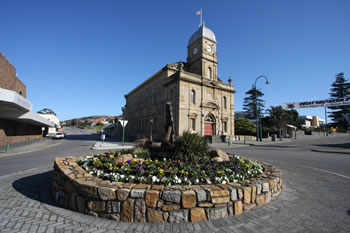 City of Albany
City of Albany Located between the hills of Mount Melville and Mount Clarence, the Nestled along the Princess Royal Harbour & King George Sound. Visit City of Albany
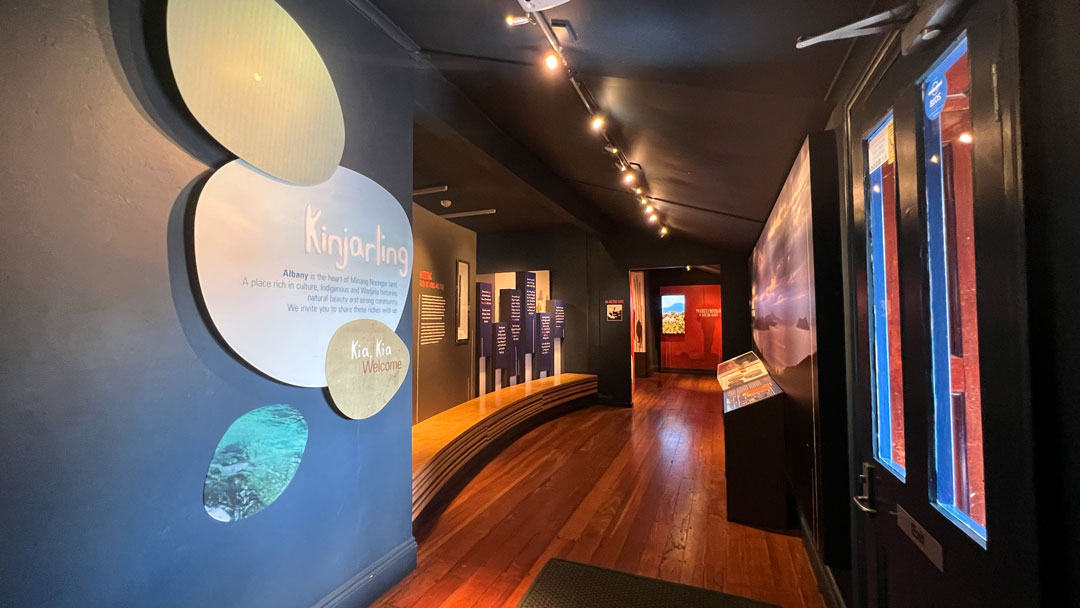 Albany WA History
Albany WA History Albany, is the oldest permanently settled town in Western Australia. Visit Albany WA History
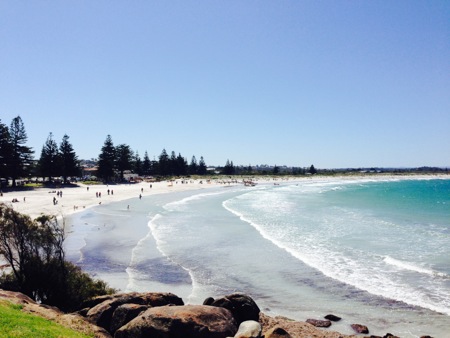 Top 10 Free Places to Visit
Top 10 Free Places to Visit Filled with many magical and majestic natural wonders, the best places are on the coast to enjoy... Visit Top 10 Free Places to Visit
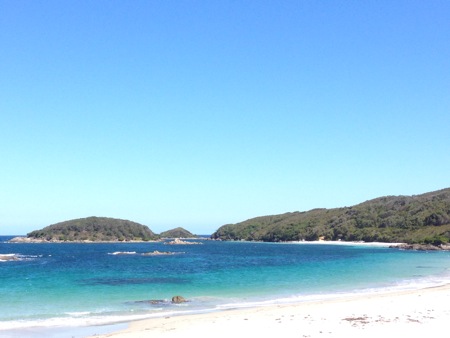 Top Beaches
Top Beaches Pristine, clean and just like paradise. Swim in the rock pools, swim in clear waters, secluded bays, or snorkel around giant boulders all on the Rainbow Coast. Visit Top Beaches
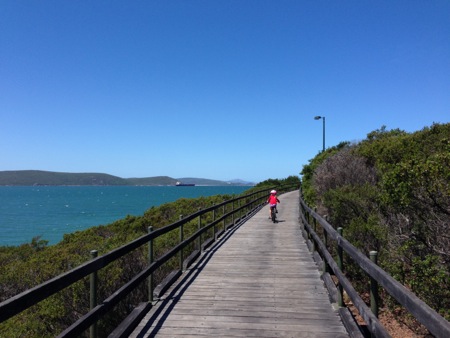 Top Biking Locations
Top Biking Locations Top locations along the coast to start a bike ride. Tap the markers for information about the locations on the Map below. Visit Top Biking Locations
 Top Historical Locations
Top Historical Locations The Rainbow Coast is a historical destination. These are the most historical places to visit. Tap the markers for information about the locations on the Map below. Visit Top Historical Locations
 Top Picnic Spots
Top Picnic Spots Looking for a nice picnic spot, try these favourite picnic locations along the coast. Tap the markers for information about the locations on the Map below. Visit Top Picnic Spots
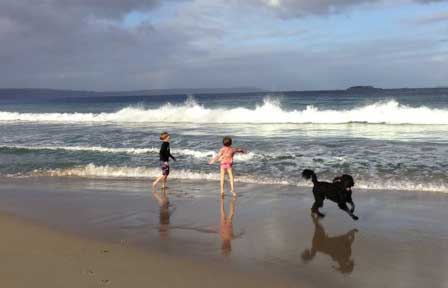 Top Places for Dogs
Top Places for Dogs If you have brought your four legged friend with you on holiday then you will need to know when you can take them for exercise and fun. Visit Top Places for Dogs
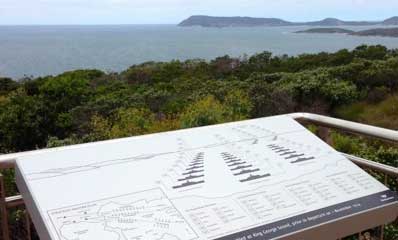 Top Places for Elders
Top Places for Elders Accessible and elder-friendly locations along the south coast. Tap the markers for information about the locations on the Map below. Visit Top Places for Elders
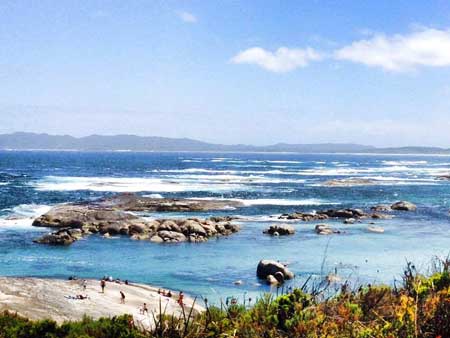 Top Places to Take Kids
Top Places to Take Kids Kids love it on the Rainbow Coast. The spectacular coastline is family friendly and welcoming. Visit Top Places to Take Kids
 Top Surf Spots
Top Surf Spots The waters of the spectacular Rainbow Coast are very tempting and there are quite a few places to catch the waves. Visit Top Surf Spots




